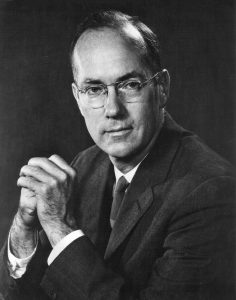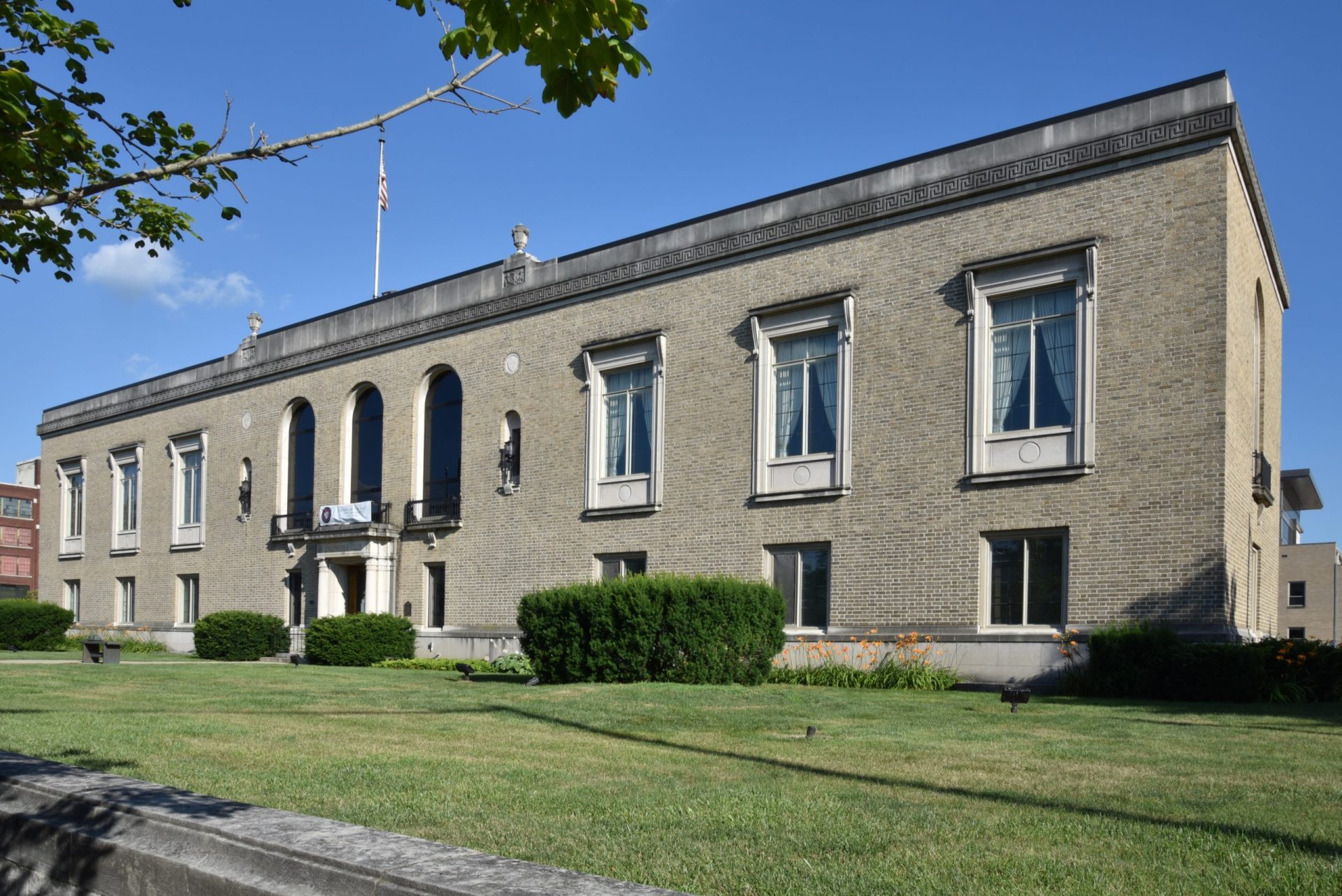
Developed Technology for LASERS and MASERS
July 28, 1915 – January 27, 2015
Enshrined: XXXX
Field of Study: Physics and Astrophysics
Home Town: Greenville, South Carolina
Engineering Achievements:
Charles H Townes first imagined the mechanics for MASERs (Microwave Amplification by Stimulated Emission of Radiation) in 1951. He then spent the next three years, along with fellow physicists, James P. Gordon and Herbert J. Zeiger, to develop and build the first MASER. This technology was successfully tested at Columbia University in 1953.
The work and design of the MASER lead to the discovery and use of LASER technology. Subsequently, Townes’ inventions and work earned him the Nobel Prize in physics in 1964 which he shared with Nikolay Basov and Alexander Prokhorov.
Eventually, he would establish usage for MASER and LASER technology in space which led to several discoveries including detecting and identifying one of the first known black holes, Sagittarius A*.
His last major technical creation was used for detecting the size and shape of stars. Townes, along with a team comprised of Walt Fitelson and Ed Wishnow, built the Infrared Spatial Interferometer. This system of lasers and infrared detectors focused on a single star, they found, produces extremely high angular and spatial resolution.
Additional background information:
A devoutly religious man, Townes was a firm believer that science and religion could work together to help build a better understanding of the world and universe around us. In fact, in 2005 he received the Templeton Prize for Progress Toward Research or Discoveries about Spiritual Realities.
References:
Charles H. Townes. Wikipedia.
Links:
https://www.pbs.org/newshour/science/charles-h-townes-inventor-laser-dies-99

